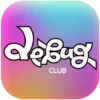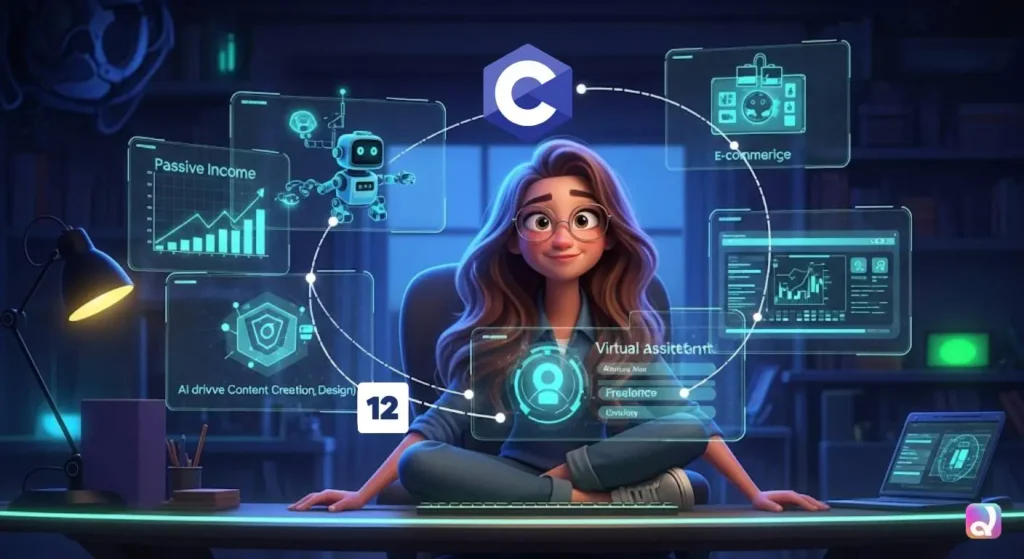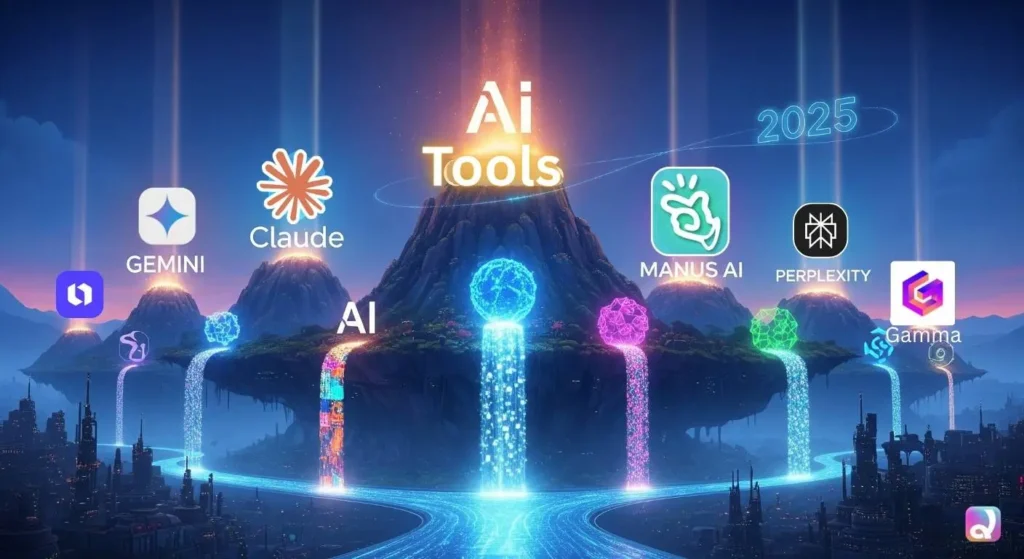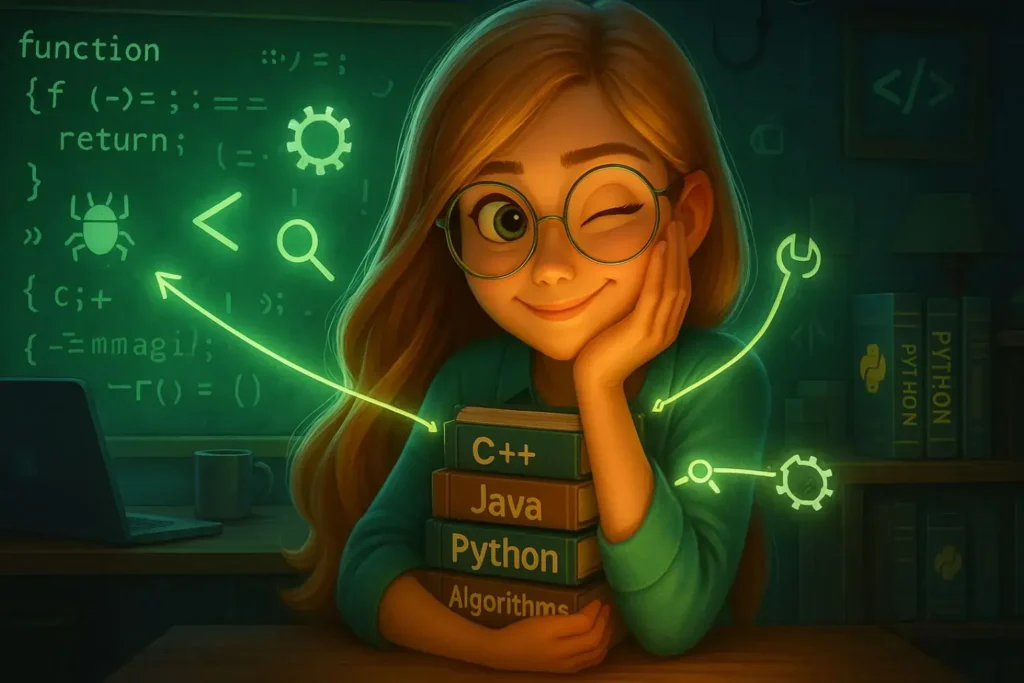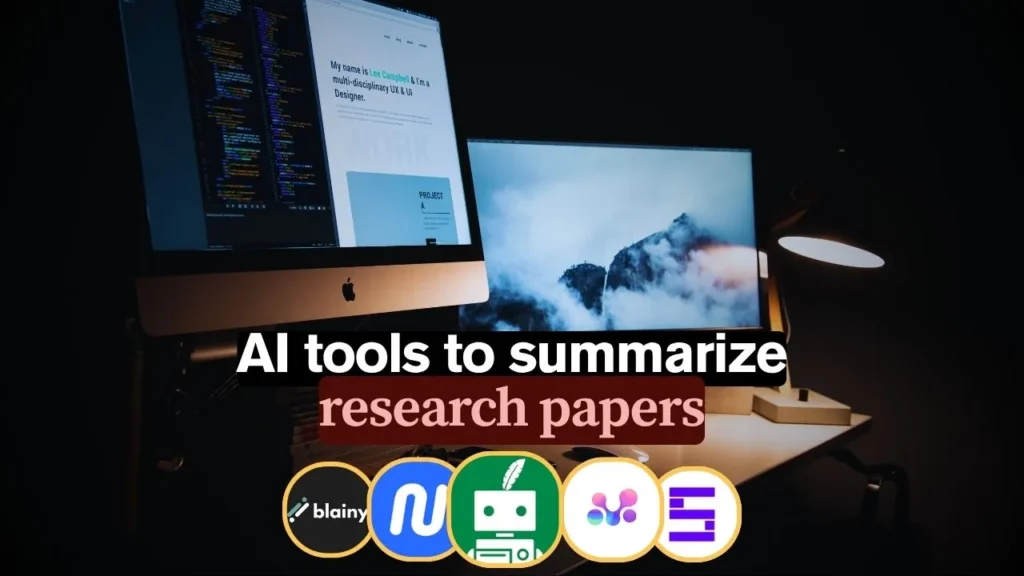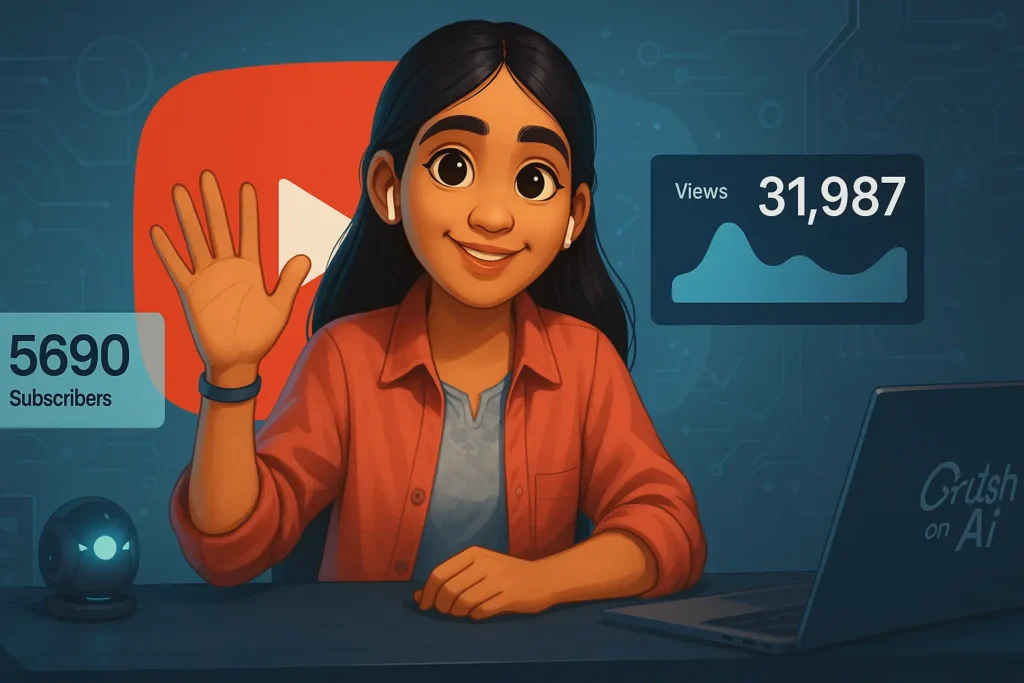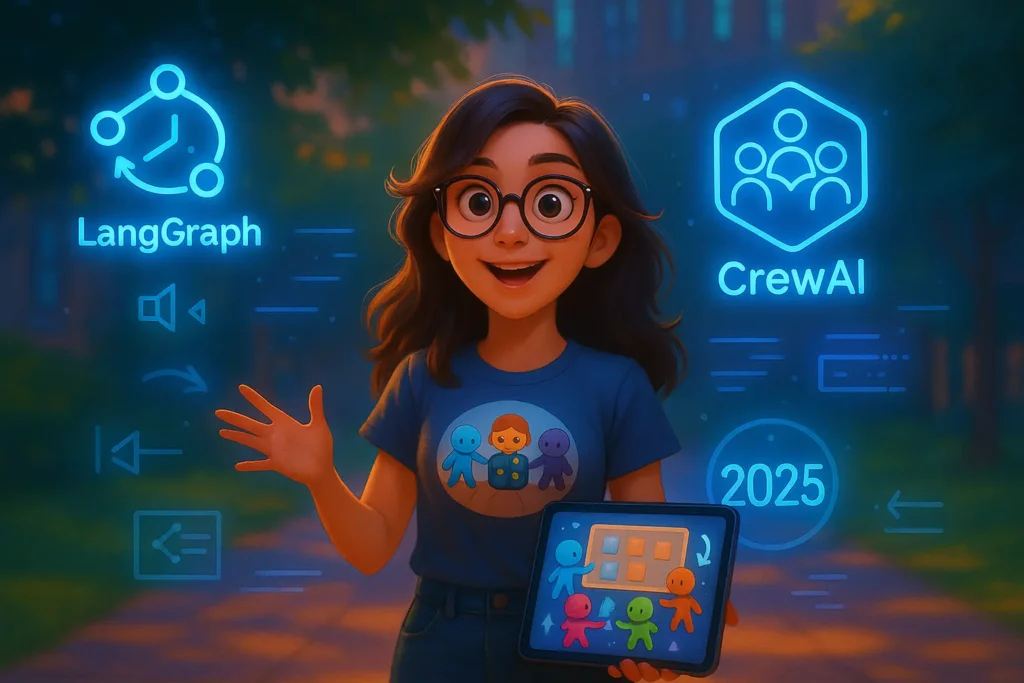Embarking on a journey with the C programming language means committing to understanding how software works with hardware. The path to becoming skilled involves practical application. This article serves as your roadmap, guiding you through a list of C Project Ideas that gradually increase in complexity. By completing these projects, you’re not just writing code; you’re building a portfolio, developing a skill set, and gaining the confidence to tackle real-world problems.
- Beginner C Projects:
- Intermediate C Projects
- Advanced C Projects
- Debugging and Problem-Solving Strategies: Essential Software Development Skills
- Version Control and Collaboration: Working Like a Pro
- Leveraging Your Project Ideas for Interviews and Career Growth
- Conclusion: Your Journey to C Mastery Continues
- Frequently Asked Questions (FAQs)
Beginner C Projects:
Project 1: Tic-Tac-Toe Game
The classic Tic-Tac-Toe Game is a great way to start using arrays. You’ll represent the game board with a 2D array and write functions to display the board, manage player turns, and check for win or draw conditions. This project teaches game loop logic, array manipulation, and how to organize a program with multiple functions. The source code for a Tic Tac Toe game will showcase how a simple data structure represents a real-world concept.
Project 2: Simple Calculator
A Simple Calculator is the perfect first project. It takes two numbers and an operator (+, -, *, /) from the user and performs the calculation. This project helps you understand basic input/output functions (scanf, printf), arithmetic operators, and conditional logic with if-else or switch statements. When reviewing the source code, pay special attention to how user input is read and validated to avoid errors.
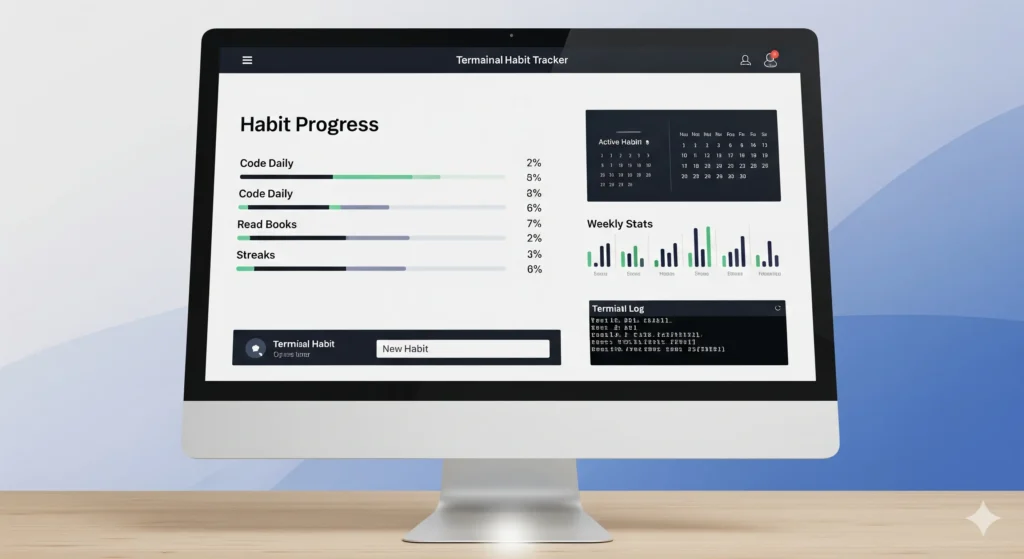
Project 3: Terminal Habit Tracker
This project introduces basic data persistence. Users can add a new habit, mark it complete for the day, and view their current streak. Initially, you can save this data in a simple text file. This project teaches fundamental file handling (writing and reading), string parsing, and date manipulation. The main challenge is organizing the data in the file so it can be read and updated easily.
Project 4: Hangman Game
The Hangman Game offers excellent practice in string manipulation and loops. The program selects a random word, and the player guesses letters one by one. You’ll manage an array to store the hidden word, track guessed letters, and count incorrect attempts. This project reinforces your skills with character arrays, loops, and conditional logic. Analyzing its source code shows effective ways to compare characters and update the game state based on user input.
19 Proven Side Hustle Strategies to Earn Extra Income in 2025
Best AI Tools for Creators & Professionals in 2025
7 Best Books to Learn Python in 2025 for Beginners and Beyond
Best Free Coding Courses with Certificates in 2025
Intermediate C Projects
These C project ideas require a solid understanding of pointers, structs, and file handling.
Project 1: Command-line Music Playlist Manager
This project requires you to model actual data. You’ll use structs to represent a song (with fields like title, artist, and duration) and a playlist (an array or linked list of songs). Key skills include dynamic memory allocation for playlists of changing sizes, string manipulation for metadata, and file handling to save/load playlists and export to standard formats like M3U. This project is a great way to create a unified data structure for managing related information.
Project 2: Bank Management System
A Bank Management System is a classic intermediate C project that manages customer account data. You will create, update, delete, and view accounts, as well as process deposits and withdrawals. This project relies heavily on using structs to define account data and file handling to save the data permanently. Examining the source code for a Bank Management System is essential for understanding how to manage multiple records and ensure data integrity.
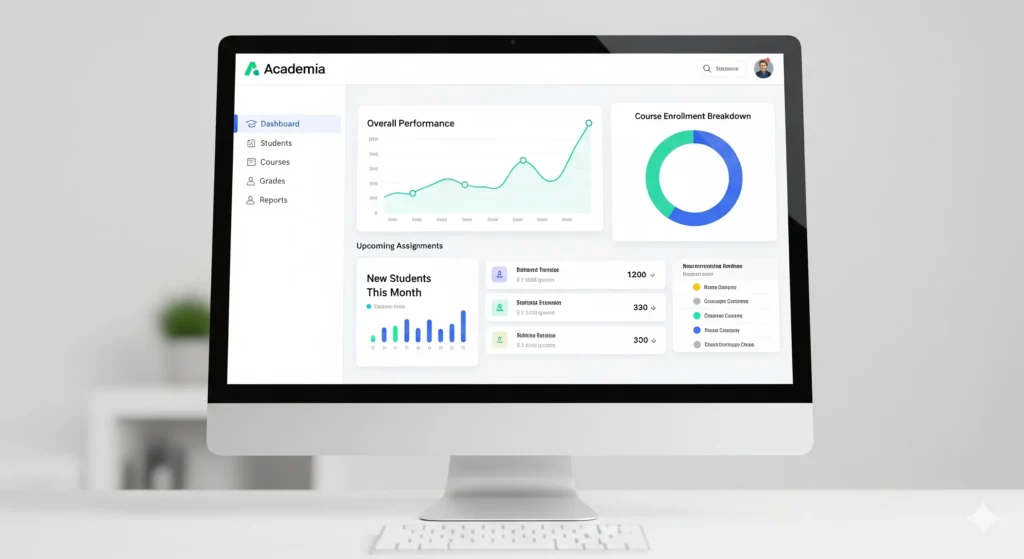
Project 3: Student Management System
Similar to the banking system, a student management system focuses on data handling. You will build a console application to manage student records, including details like roll number, name, and grades. This project provides another chance to practice working with arrays of structs and mastering file handling operations (reading, writing, and updating records). It encourages you to think about how data is organized and accessed efficiently.
Project 4: Bus Reservation System
A Bus Reservation System introduces more complex logic. You will manage bus schedules, available seats, and customer bookings. This project requires careful management of state. You’ll use arrays or files for bus seating charts and structs for booking information. Implementing features like booking a seat, canceling a reservation, and checking availability will test your problem-solving skills and your ability to manage related data.
Advanced C Projects
These challenges require a strong understanding of pointers, dynamic memory management, complex data structures, and system-level concepts.
Project 1: Custom Data Structure Library
Instead of using a pre-built library, create your own. Implement essential data structures from scratch, such as a linked list, stack, queue, and binary search tree. For each structure, create functions to add, delete, search, and traverse elements. This project gives you an in-depth understanding of pointers, dynamic memory allocation (malloc, free), and the trade-offs between different data organization methods.
Project 2: Command-Line Utility
Replicating a common command-line tool found in operating systems like Linux is a great advanced project. For a grep clone, your program will read a file line by line and print lines that contain a specified pattern. For an ls clone, it will list the files and directories in the current path. This project teaches you how to work with command-line arguments, interact with the file system API, and perform efficient string searching.
Project 3: Basic Lexical Analyzer
A lexical analyzer is the first component of a compiler. It’s designed to read a stream of characters (source code) and group them into meaningful tokens (like keywords, identifiers, operators). For example, given the input int x = 10;, it would output tokens for int, x, =, 10, and ;. This project dives deep into string processing, state machines, and gives you a foundational understanding of how programming languages are processed.
Project 4: Simple Concurrent Task Manager (Process/Thread Simulation)
This project simulates basic multitasking within a single program. You can create a data structure to represent tasks (with priorities and states like ‘running’ or ‘waiting’) and a scheduler function that decides which task to “run” next in a loop. Although you won’t create real OS threads, this simulation teaches you about scheduling algorithms (like round-robin), context switching concepts, and managing multiple tasks concurrently, which are essential for understanding operating systems.
Debugging and Problem-Solving Strategies: Essential Software Development Skills
Writing code is only part of the process; finding and fixing bugs is crucial too. Effective debugging in C requires a systematic approach. Use a debugger like GDB to step through your code, check variables, and analyze memory. Master printf debugging for a simpler, but less powerful, way to trace your program’s execution flow. Keep in mind, many C errors stem from memory issues: null pointer dereferences, buffer overflows, and memory leaks. Following secure coding practices is vital since Mend.io reports that vulnerabilities in C accounted for 50% of all reported open-source security issues.
Version Control and Collaboration: Working Like a Pro
As your projects expand, managing code changes becomes essential. Git is the industry-standard version control system. Learning basic Git commands (git add, git commit, git push, git pull) is crucial for any serious developer. Use platforms like GitHub or GitLab to host your source code. This not only provides a backup but also builds a professional portfolio to display your work. For teamwork, learn about branching strategies to develop features without disrupting the main codebase.
Leveraging Your Project Ideas for Interviews and Career Growth
Your collection of C project ideas is a valuable asset for your career. During interviews, be ready to discuss your projects in detail. Explain the problem you aimed to solve, the data structure choices you made, and the challenges you faced. Hosting your code on GitHub allows potential employers to view your work directly, showcasing your practical skills more effectively than a resume alone. Highlighting projects that involve complex memory management or system-level interactions can impress potential employers.
Conclusion: Your Journey to C Mastery Continues
Completing projects from this guide is a significant stride toward mastering C. You’ve progressed from basic syntax to handling complex data and understanding low-level concepts. But the journey doesn’t end here. The world of software development is vast, especially in areas where C shines, such as the expanding embedded systems market, which Flatirons predicts will reach $13.25 billion by 2030. Keep challenging yourself. Improve your existing projects with new features, contribute to open-source C projects, or explore specialized areas like network programming or systems development. Keep building, keep learning, and keep refining your skills.
Frequently Asked Questions (FAQs)
This depends on your experience and the complexity of the project. A beginner project might take a few days, while an advanced one could take several weeks. The goal is to master the concepts, not to rush. Move on when you feel confident that you understand the underlying principles.
For beginner projects, a basic understanding of arrays is enough. However, for intermediate and advanced projects, a strong grasp of data structure concepts (like structs and linked lists) and manual memory management (malloc, free) is crucial for creating solid and efficient applications.
Online platforms like GeeksforGeeks, tutorialspoint, and freeCodeCamp offer extensive tutorials and examples. For deeper studies, classic books like “The C Programming Language” by Kernighan and Ritchie are invaluable. Public code repositories on GitHub are also great for reviewing real-world source code.
It is very important. Reading high-quality source code written by experienced developers is one of the fastest ways to learn best practices, new techniques, and efficient problem-solving methods. It exposes you to different coding styles and organizational patterns.
Definitely. Projects like the command-line utility clone and the concurrent task manager directly engage with concepts essential to operating systems. The discipline needed for manual memory management and a focus on efficiency in all these projects create a solid foundation for moving into embedded systems development.
